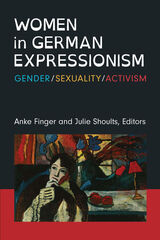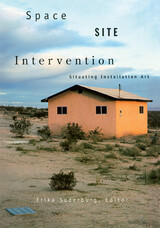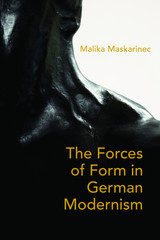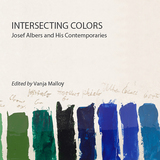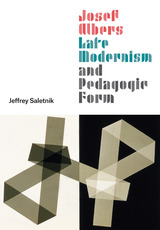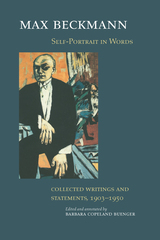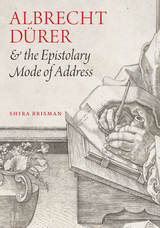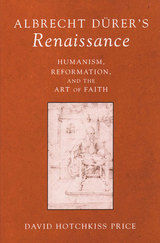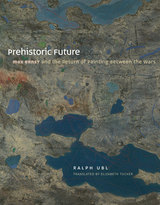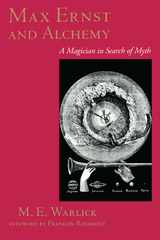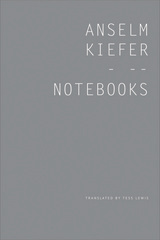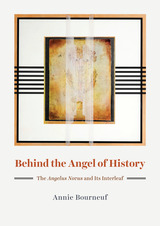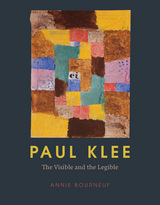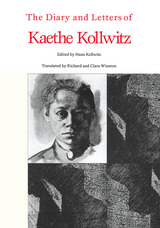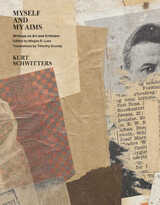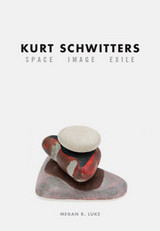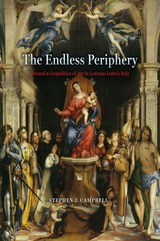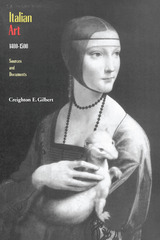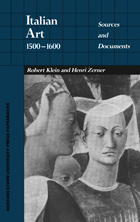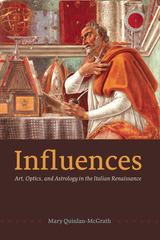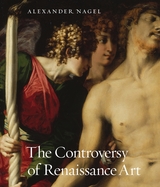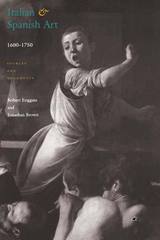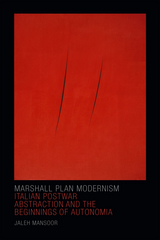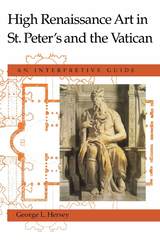Paul Klee: The Visible and the Legible
University of Chicago Press, 2015
Cloth: 978-0-226-09118-1 | eISBN: 978-0-226-23360-4
Library of Congress Classification N6888.K55B68 2015
Dewey Decimal Classification 740.92
Cloth: 978-0-226-09118-1 | eISBN: 978-0-226-23360-4
Library of Congress Classification N6888.K55B68 2015
Dewey Decimal Classification 740.92
ABOUT THIS BOOK | AUTHOR BIOGRAPHY | REVIEWS | TOC | REQUEST ACCESSIBLE FILE
ABOUT THIS BOOK
The fact that Paul Klee (1879–1940) consistently intertwined the visual and the verbal in his art has long fascinated commentators from Walter Benjamin to Michel Foucault. However, the questions it prompts have never been satisfactorily answered—until now. In Paul Klee, Annie Bourneuf offers the first full account of the interplay between the visible and the legible in Klee’s works from the 1910s and 1920s.
Bourneuf argues that Klee joined these elements to invite a manner of viewing that would unfold in time, a process analogous to reading. From his elaborate titles to the small scale he favored to his metaphoric play with materials, Klee created forms that hover between the pictorial and the written. Through his unique approach, he subverted forms of modernist painting that were generally seen to threaten slow, contemplative viewing. Tracing the fraught relations among seeing, reading, and imagining in the early twentieth century, Bourneuf shows how Klee reconceptualized abstraction at a key moment in its development.
Bourneuf argues that Klee joined these elements to invite a manner of viewing that would unfold in time, a process analogous to reading. From his elaborate titles to the small scale he favored to his metaphoric play with materials, Klee created forms that hover between the pictorial and the written. Through his unique approach, he subverted forms of modernist painting that were generally seen to threaten slow, contemplative viewing. Tracing the fraught relations among seeing, reading, and imagining in the early twentieth century, Bourneuf shows how Klee reconceptualized abstraction at a key moment in its development.
See other books on: 1879-1940 | Art, Modern | Individual Artists | Modern (late 19th Century to 1945) | Visible
See other titles from University of Chicago Press


